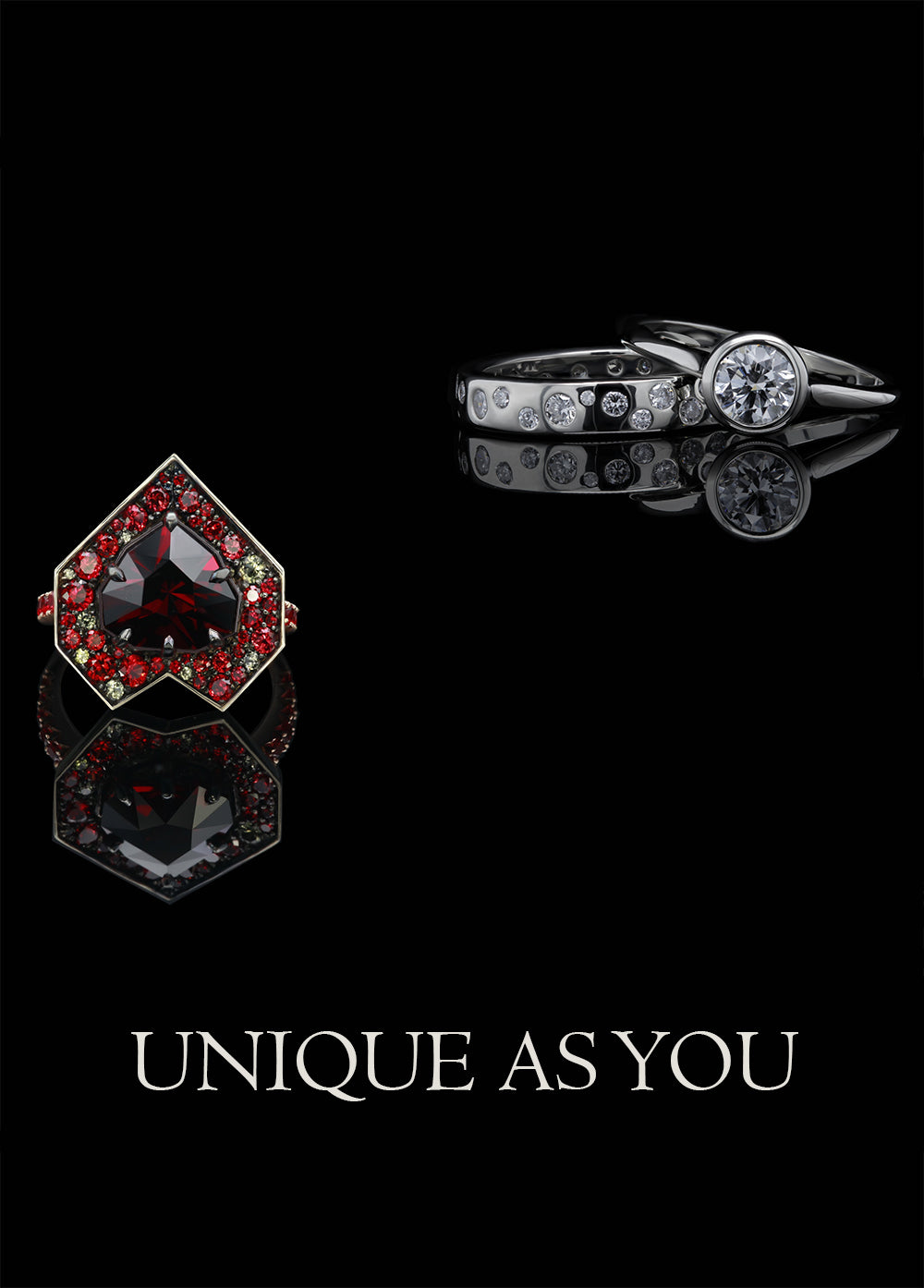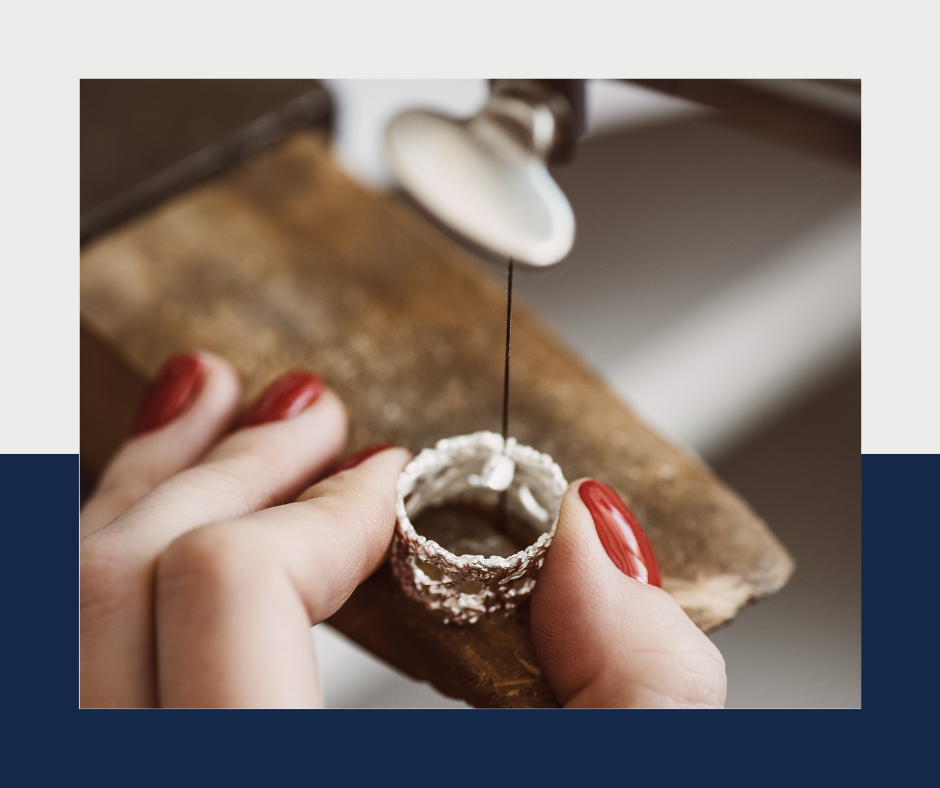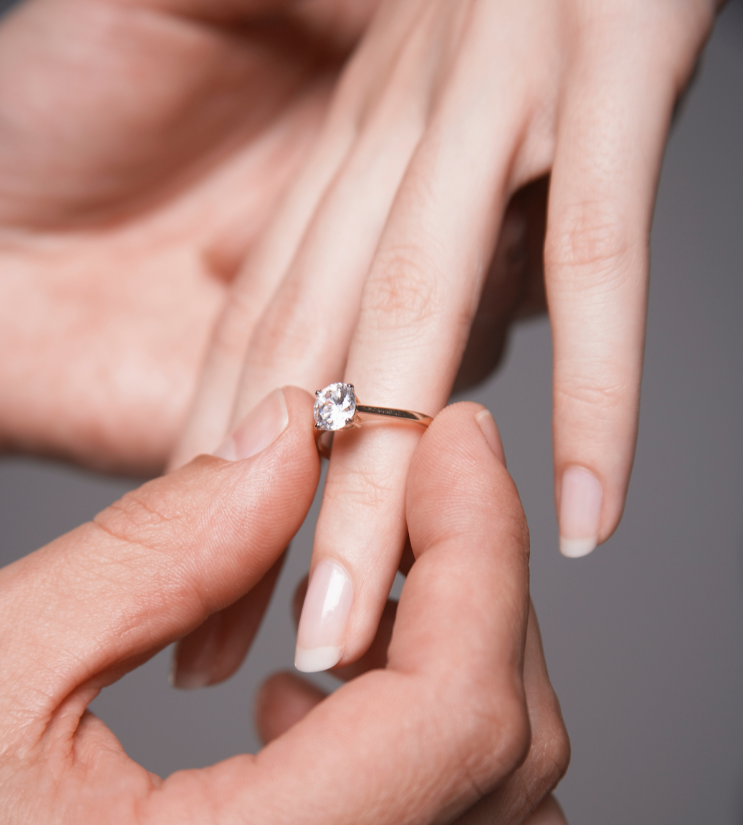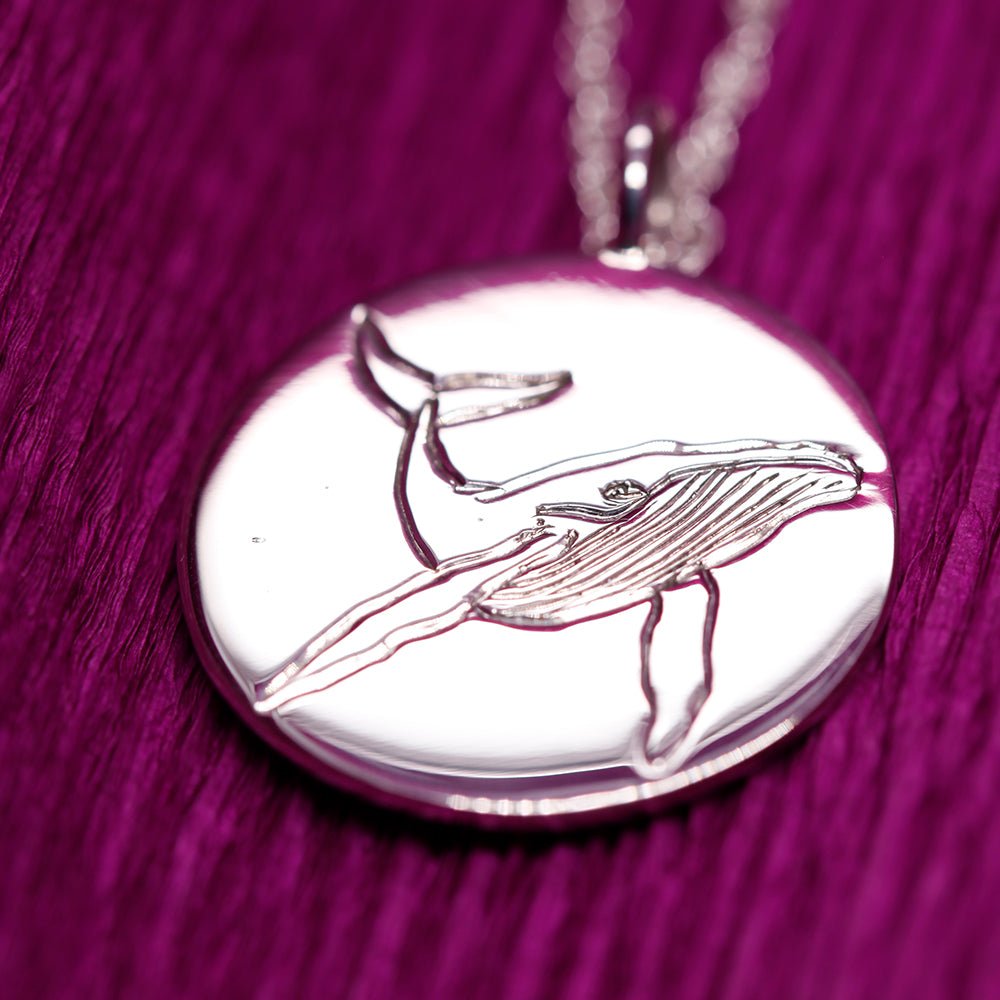February Birthstone : Amethyst
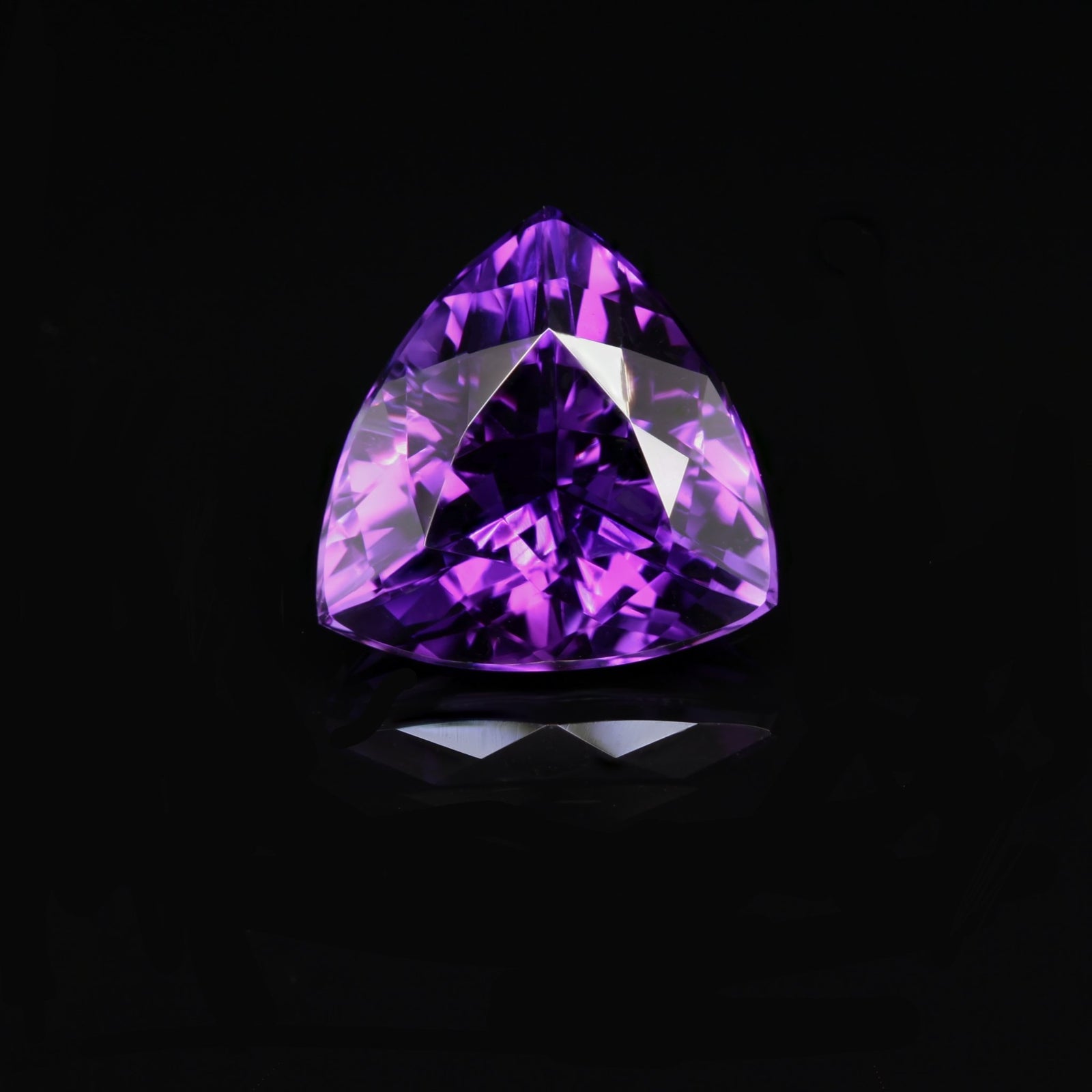
An Introduction to Amethysts
Amethyst is a fantastic purple variety of Quartz. Similarly, Citrine is also a variety of quartz; their names are determined by the colour and trace elements present in the crystal structure. The gemstone forms naturally in prismatic crystals. This gives amethysts the very popular, and conventionally form of a crystal : long, pointy sticks.
It is the birthstone gemstone for February and originally thought to be incredibly valuable. Up until a few hundred years ago it was as rare as Emeralds and Rubies. All of that changed once massive deposits were found in South America, bringing Amethysts down to the semi-precious tier of gemstones.
History of Amethyst
The name “Amethyst” comes from the Greek “αμέθυστος” (amethystos) which translates to “not-intoxicate.” This was due to the Greek's beliefs that wearing an amethyst would prevent the wearer from becoming intoxicated. Of course, this doesn’t have any scientific evidence but it is a very charming story nonetheless.
Another interesting tidbit of Amethyst trivia was that, due to its name and the aforementioned sobering properties, it played a big role in the clergy. Priests would adorn themselves in amethyst in order to present themselves as more pure and free from toxins. This started causing the stone to be known for piety and celibacy.
Geography of Amethysts
Since it’s in the Quartz family, Amethyst is generally abundant on Earth. Especially if you compare it with the more precious gemstones. It can be found in mines locations such as Rio Grande do Sul in Brazil, Santa Cruz in Bolivia, Artigas in Uruguay; Kalomo in Zambia and even in our backyard here in Thunder Bay, Ontario. Despite the aforementioned locations, amethyst can be found in additional localities in Africa, North America, South America, Asia and Europe.
Amethyst in Popular Jewellery
Amethyst has been used in incredible jewellery pieces throughout history. Purple is seen as a very luxurious colour and since it’s the most abundant purple gemstone it has made its way onto a plethora of wonderful jewellery.
One example of a beautiful amethyst is this piece known as the Morris Amethyst Brooch. Originally made sometime in the early 1900’s using an incredible 96ct Amethyst thought to be originally from Brazil. It was donated to the Smithsonian National Museum of Natural History and that is where it remains today.

Picture courtesy of Chip Clark via Smithsonian website
My Amethyst Pieces
It’s not only big jewellery houses or kings of old that take pride in their amethyst creations. Here at Janine de Dorigny jewellery, we have some exquisite pieces featuring amethysts. Here is an example of a cocktail ring I created using an Amethyst centre stone surrounded by purple sapphires and diamonds.

This design is unlike most contemporary amethyst rings because the stone is offset from the centre of the ring. The ring was meant to resemble beautiful cascading water features.
Additionally, the white gold band is adorned with several smaller amethysts as well. This culminates in a ring that is almost entirely covered in serene and delicate purple tones.
Amethyst Handling & Care Guide
Amethysts are relatively robust gemstones. They are, much like their other quartz counterparts, a 7 on the Mohs Hardness Scale. This means that they are harder than most materials that they can brush up against. That being said, they can still chip and abrade over time. Only diamonds can maintain crisp edges and a polished surface for decades, this is something you need to consider if you intend on wearing amethyst rings for example.
If the amethyst is set into a earring or pendant you won’t have to worry about it’s longevity since abrasion isn’t common for necklaces and earrings. However, impact can break or chip an amethyst. In general, much like most jewellery, try to treat it delicately.
Other than impacts and abrasion, amethysts are somewhat sensitive to heat and light. Prolonged exposure to high heat or strong light can change the colour of the gemstone. In normal circumstances this shouldn’t be a big concern, just don’t leave it under a heat lamp or a super hot sunny day for too long.
Want your own Amethyst custom piece?
Well you’ve come to the right place! I am a traditionally trained goldsmith and jeweller working out of my studio in Toronto, Canada. I have worked on a massive assortment of designs and materials. You can have a look at the gallery to see the level of detail and quality I put into all of my work.
That being said, I offer custom work if there is nothing that suits your needs in my shop. I would be more than happy to get on a call, or reply to your emails. Visit the contact page so we can get started bringing your design concepts to life!





